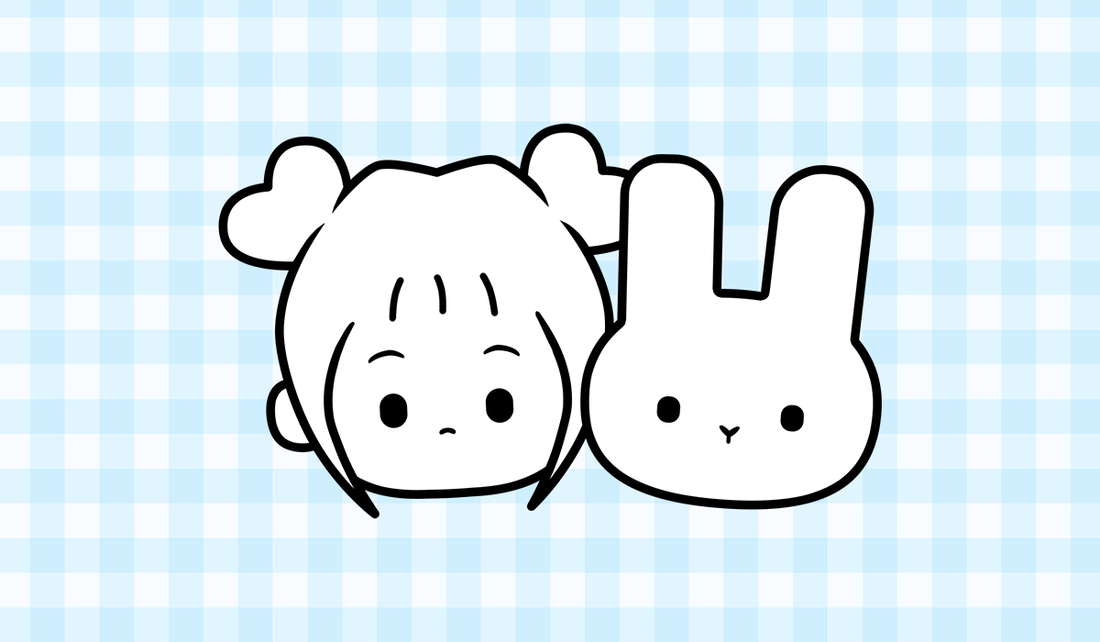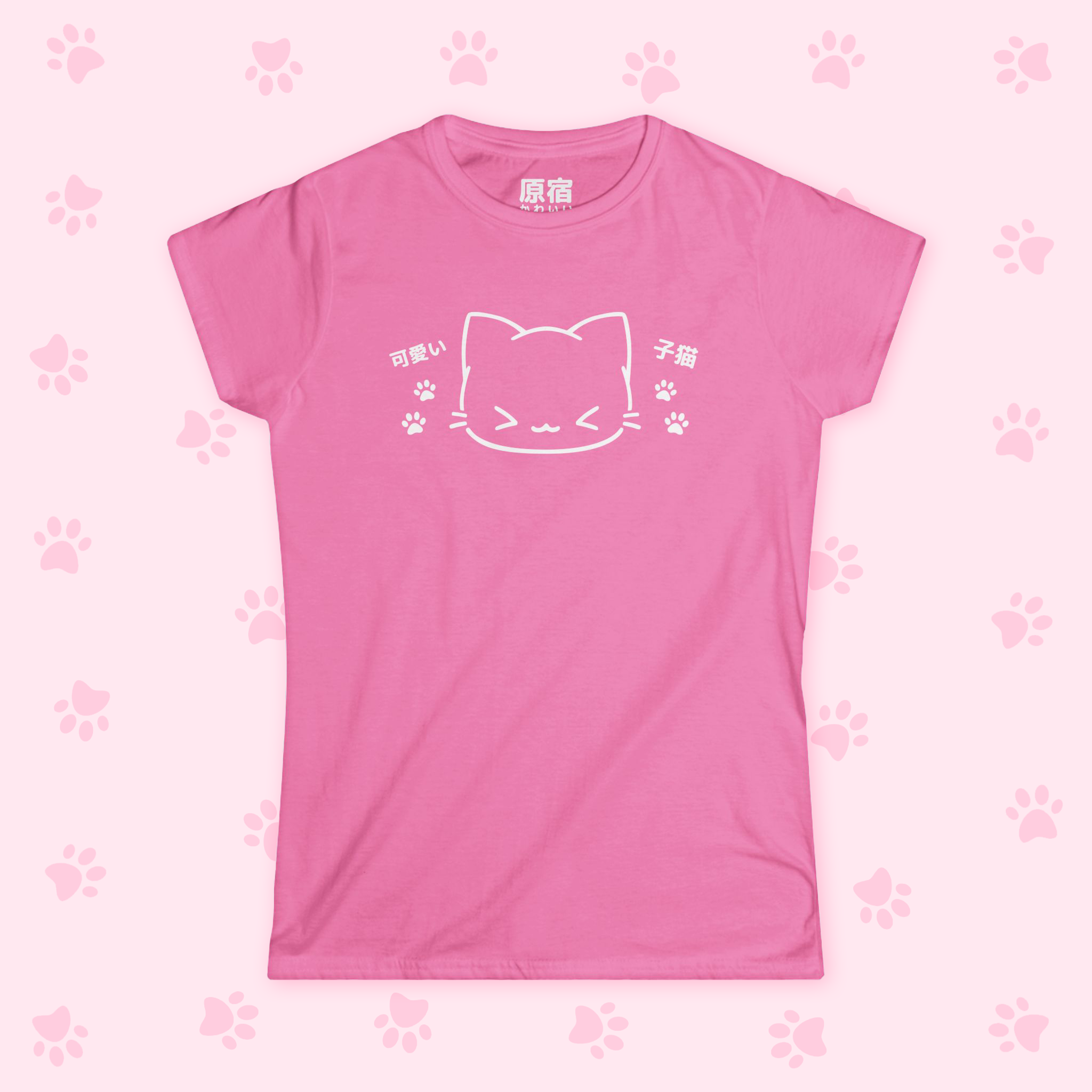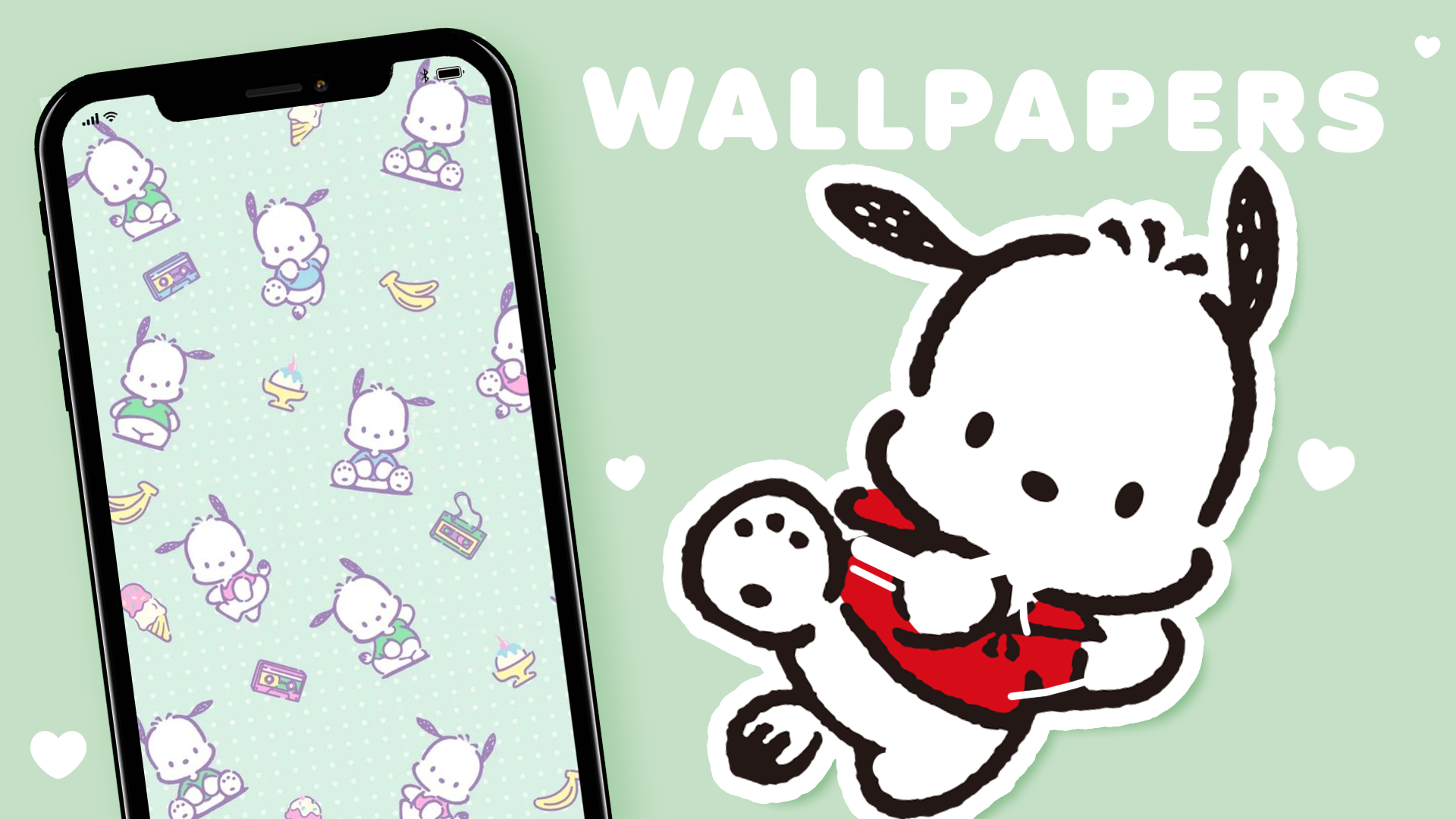What is Kawaii, exactly?

Welcome to the fascinating world of Kawaii! In this article, we will explore the meaning and definition of Kawaii, delve into the origins of this unique culture, discover the most well-known Kawaii icons, learn how Kawaii has conquered the world, and explore its influence in our culture. So, let's embark on this delightful journey into the realm of cuteness!
Table of contents:
Kawaii Unveiled: The Magic of Cuteness
Kawaii: Definition and Meaning
[ かわいい ] Kawaii, derived from the Japanese word for "cute," is an aesthetic and cultural phenomenon that celebrates all things adorable, charming, and childlike. It emphasizes innocence, playfulness, and a sense of wonder. Kawaii is not merely a visual style but a way of life that permeates various aspects of Japanese culture and has gained immense popularity globally.
Kawaii encompasses a wide range of products, including toys, fashion, stationery, accessories, and even food. It is characterized by vibrant colors, rounded shapes, exaggerated features, and the presence of adorable characters. Kawaii has become synonymous with happiness and positivity, captivating the hearts of people of all ages.
The Birth of Kawaii: Where Adorableness Began
The roots of Kawaii culture can be traced back to Japan in the 1970s. During this time, a growing number of Japanese artists, inspired by Western influences and the desire to break away from traditional norms, began to create cute and whimsical characters. These artists sought to inject a sense of innocence and joy into their work, providing an escape from the pressures of daily life.
One of the pioneering figures in the Kawaii movement was Sanrio, the company behind the globally renowned Hello Kitty. Hello Kitty, introduced in 1974, quickly became an iconic symbol of Kawaii culture and played a significant role in its mainstream success. Sanrio's lovable characters and their merchandise captured the hearts of people worldwide, establishing Kawaii as a cultural phenomenon.
Kawaii Superstars: The Champions of Cuteness
Kawaii culture has given rise to a multitude of beloved icons that have gained international recognition. Here are some of the most well-known Kawaii characters and franchises:
- Hello Kitty: Hello Kitty, created by Yuko Shimizu and produced by Sanrio, is a cultural icon loved by millions. With her simple yet captivating design, Hello Kitty has become a symbol of Kawaii and has inspired a vast array of merchandise and collaborations.
- Pokémon: Originating from a video game franchise created by Satoshi Tajiri, Pokémon features a diverse range of cute and collectible creatures. Pikachu, the franchise's mascot, has achieved legendary status in the world of Kawaii.
- Gudetama: Introduced by Sanrio in 2013, Gudetama is a lazy and unmotivated egg character that has captured the hearts of many with its relatable and adorable antics.
- Totoro: Totoro, a magical forest spirit from the renowned Studio Ghibli film "My Neighbor Totoro," has become an enduring symbol of Kawaii in Japanese pop culture.
- Rilakkuma: Created by Aki Kondo and produced by San-X, Rilakkuma is a lazy bear character known for its laid-back personality and cute appearance. Rilakkuma has spawned a wide range of merchandise and collaborations.
These are just a few examples of the countless Kawaii icons that have enchanted people worldwide, each with its own unique charm and appeal.
Kawaii's World Domination: Spreading the Charm Globally
Kawaii's journey from a niche cultural trend to a global phenomenon is a testament to its universal appeal. The globalization of Kawaii can be attributed to various factors, including media, fashion, and the rise of social media platforms.
Japanese anime and manga played a significant role in introducing Kawaii aesthetics to a global audience. The distinct visual style and lovable characters of anime and manga captured the imagination of people from different cultures, sparking an interest in Kawaii culture.
Fashion has also been instrumental in spreading Kawaii worldwide. The rise of Harajuku street fashion, characterized by its colorful and eccentric style, has attracted attention from fashion enthusiasts across the globe. Kawaii-inspired fashion brands and influencers have further popularized the cute aesthetic in mainstream culture.
Moreover, social media platforms such as Instagram, TikTok, and YouTube have provided a platform for Kawaii enthusiasts to share their love for all things cute.
Influencers and content creators have embraced Kawaii aesthetics, generating an online community that fosters creativity, positivity, and self-expression.
The Kawaii Effect: Infusing Joy into Our Culture
Kawaii has had a profound impact on various aspects of our culture, transcending its Japanese origins. It has influenced art, fashion, design, entertainment, and even the way we perceive cuteness.
In the art world, Kawaii has inspired artists to explore new ways of expressing themselves through adorable and whimsical creations. The influence of Kawaii can be seen in contemporary art exhibitions, street art, and even high-end galleries.
Fashion designers around the world have incorporated Kawaii elements into their collections, infusing playfulness and charm into their designs. From clothing to accessories, the influence of Kawaii can be observed in both high fashion and streetwear.
Furthermore, Kawaii has left its mark on the entertainment industry, with animated films and television shows featuring adorable characters and captivating storylines. Kawaii-inspired music, such as J-pop and K-pop, has gained immense popularity, enchanting fans with its infectious melodies and cute performances.
In our everyday lives, Kawaii has had a profound effect on how we perceive cuteness. It has redefined the notion of what is considered adorable, encouraging a celebration of innocence and joy.
The influence of Kawaii can be observed in the products we use, the way we decorate our spaces, and even the food we consume.
Conclusion
Kawaii has transcended its Japanese origins to become a global cultural phenomenon. Its celebration of cuteness, innocence, and playfulness has captured the hearts of people worldwide. From its humble beginnings in the 1970s to its widespread influence today, Kawaii has left an indelible mark on art, fashion, design, entertainment, and our perception of cuteness.
As Kawaii continues to evolve and inspire, its impact on our culture remains profound.
The adorable characters, vibrant colors, and whimsical designs bring joy and positivity into our lives. Whether it's through merchandise, fashion choices, or even the way we decorate our spaces, Kawaii has become a delightful expression of self and a reflection of our desire for happiness and innocence in an often hectic world.
Q&A Summary
Q: What does "Kawaii" mean?
A: "Kawaii" is a Japanese word that means "cute" or "adorable."
Q: How did Kawaii culture originate?
A: Kawaii culture originated in Japan during the 1970s when artists started creating cute and whimsical characters as a form of artistic expression.
Q: Who are some famous Kawaii icons?
A: Some famous Kawaii icons include Hello Kitty, Pikachu, Kuromi, and Rilakkuma.
Q: How has Kawaii become popular worldwide?
A: Kawaii's popularity worldwide can be attributed to the influence of Japanese anime and manga, fashion trends like Harajuku style, and the rise of social media platforms.
Q: What is the influence of Kawaii in our culture?
A: Kawaii has influenced art, fashion, design, entertainment, and our perception of cuteness. It has inspired creativity, positivity, and self-expression.
Q: Where can I see Kawaii in everyday life?
A: Kawaii can be seen in various aspects of everyday life, such as fashion, art, entertainment, and even in the products we use and the way we decorate our spaces.



